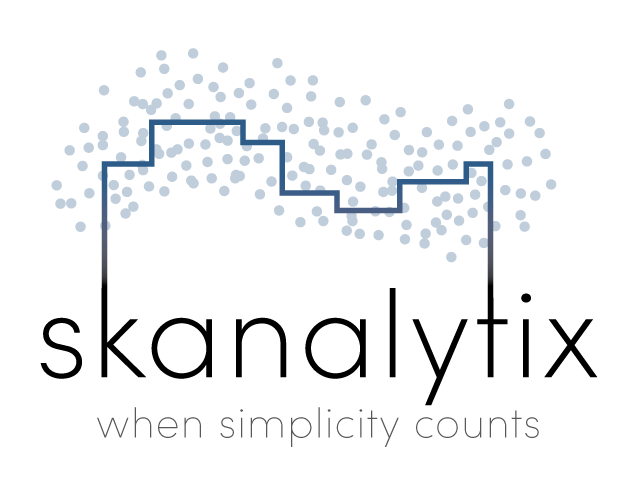Generative Modeling for Quantitative Finance
From historical returns to forward-looking scenarios, Skanalytix builds generative models that reflect the true structure of financial time series — enabling synthetic data generation, forecasting, and risk analysis.
Financial Modeling, Reinvented Through Synthetic Data
Skanalytix introduces a new approach to simulation, forecasting, and risk modeling — one that captures the complexity of real markets without rigid assumptions or black-box AI. Our generative platform produces realistic synthetic data, scenario-driven forecasts, and portfolio-aware risk measures — all powered by a single, flexible statistical engine.
Powered by the UNCRi Framework
At the core of the Skanalytix financial modeling platform is our Unified Numerical-Categorical Representation and Inference (UNCRi) framework — a proprietary graph-based system designed to handle complex, mixed-type data. Free from distributional assumptions and extensive training, this non-parametric, graph-based engine underpins the platform’s versatility across a wide range of financial modeling tasks.
Built for Financial Data
Financial time series are notoriously challenging — noisy, fat-tailed, autocorrelated, and interdependent. Traditional models often struggle with nonlinearities, regime shifts, and complex co-movements that define real markets. Skanalytix confronts these challenges head-on — capturing stylized facts, adapting to regime shifts, and preserving realistic cross-asset relationships. Our platform supports scenario-driven forecasting and risk analysis — from individual assets to multi-asset portfolios.
The Skanalytix Difference
Most generative financial models rely on deep neural networks like GANs, VAEs, or diffusion models. While powerful, these black-box systems are data-hungry, computationally intensive, and often suffer from training instabilities that make them difficult to deploy reliably in financial contexts.
The Skanalytix modeling platform offers a fundamentally different approach:
Non-parametric and memory-based: Built directly from data, with structure determined by interpretable hyperparameters — not learned weights or training cycles.
Free from distributional assumptions: No normality, linearity, or stationarity required — the model adapts flexibly to empirical data.
Data-efficient and transparent: Performs well with shorter financial histories, providing traceable, explainable simulations.
Together, these features create a robust, scenario-aware modeling engine that combines machine learning flexibility with interpretability and statistical rigor.
Note: GANs, VAEs, and diffusion models are sometimes called nonparametric to distinguish them from simpler models like ARIMA or GARCH. But technically, they are parametric — they rely on fixed architectures with trainable weights. Skanalytix takes a truly nonparametric approach: no predefined structure, no training cycles, no learned weights — just direct inference from data.
Scalable, Portfolio-Ready, and Scenario-Aware
The Skanalytix platform supports both single-asset and multi-asset modeling, including full portfolios with dynamically evolving correlations. Synthetic series can be generated at any horizon and conditioned on scenario variables such as interest rates, volatility regimes, or macroeconomic states.
Because it is generative, the platform supports a full range of downstream applications, including:
- Equity and portfolio simulations
- Risk forecasting (VaR, CVaR, stress scenarios)
- Scenario analysis and macro-consistent forecasting
All powered by a single, coherent statistical engine — purpose-built for finance.
Ready to Learn More?
Whether you’re managing portfolio risk, building trading strategies, or generating synthetic data under tight compliance constraints, Skanalytix delivers models built for real-world finance.
Get in touch with us to explore how our models can support your goals — from realistic data generation to forecasting and risk analysis.
